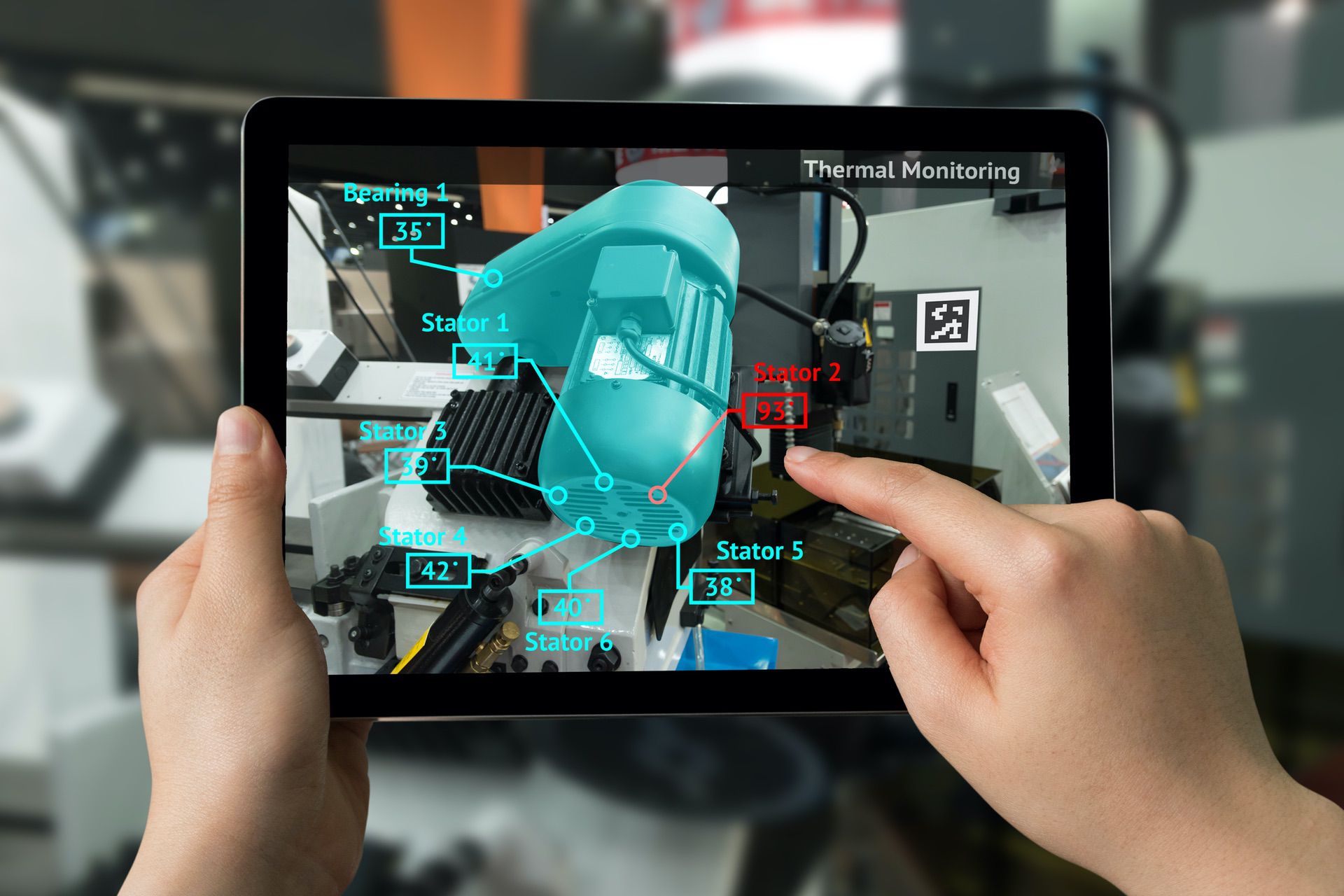
What it is, when it makes sense
The OEE measurement and improvement methodology has been progressively rolled-out in the chemical industry since the 1980s, with significant improvements that drove capacity up and costs down both in continuous and batch processing environments. OEE helped production teams to reduce rework, increase yield, and lower changeover time. However, maintenance-related OEE losses such as downtime for breakdown, repairs, or even cyclical preventive maintenance (up to 10-15 OEE points in batch processes; up to 2-3 OEE points in conti) have not been significantly impacted, and represent in many cases the last big, untapped OEE potential. The technology progress in the last 10 years in the areas of sensors, predictive data analytics, and machine learning enables the shift from traditional and costly, „run-to-failure + cyclical maintenance“ to the modern and efficient „condition-based + predictive maintenance“ and capture further OEE points left on the table.
What you get
Our typical „OEE 4.0 with predictive maintenance“ engagement delivers five items:
- Baseline OEE + maintenance-related losses and potentials/priorities, i.e. the identification of the starting point in terms of OEE performance and losses, the analysis of existing production processes and workflows, the major asset configurations and dependencies, as well as which production lines or areas the project should focus on to capture the biggest benefits first.
- Roll-out plan, i.e. the formalization of actions required to complete the project, the staffing, the costs – including cost-benefit analysis.
- Technology scouting, i.e. the identification of technologies necessary to support the process (e.g., big data analytics software, retrofit sensors and infrastructure), the selection of vendors & negotiations.
- Technology configuration, i.e.tailoring and configuration so that it fits the specific requirements of the plant.
- Predictive maintenance methods defined, tested, and in use, e. the selection, testing, and formalization of the algorithms and workflow that shall drive predictions for each asset / line (e.g. pumps, agitators, boilers, etc) in the future, as well as the training of key personnel / experts to run predictions on their own.
- Maintenance management system upgrade, e. adaption of the existing management processes (e.g. daily / weekly maintenance meetings, asset improvement circles, OEE routines, etc) and operational processes (e.g. repairs, breakdown root-cause recording, SOP update) to include changes from the adoption of the predictive maintenance approach.
How we work
We believe that „the value is at the interfaces“ between business (industry and functional perspective) and technology (software, hardware, workflow perspective), and staff our projects to replicate this variety. Our typical project in this area therefore staffs:
- An expert in chemical maintenance and asset management
- An expert in predictive analytics, big data, and machine learning
- A digital project manager with experience in agile project management methods – often this role is exercised by the maintenance expert
- An expert from the selected software vendor to help configure the tools
and lasts between 3 and 12 months, depending upon the scope of action.
Our way of working is different from traditional consultancies and from technology vendors, and is characterized by:
- Highly collaborative style, with frequent, spontaneous workshops, trainings, and joint exercise & tests
- Agile project management methods, such as focus on realization („Minimum viable solution“, design thinking principles like desirability, feasibility, viability) and high-pace drumbeat through weekly milestones („sprints“)
- An orientation towards impact („If it does not bring something, let´s drop it“)
